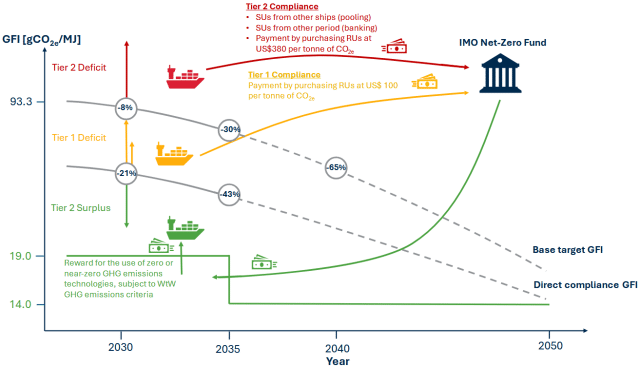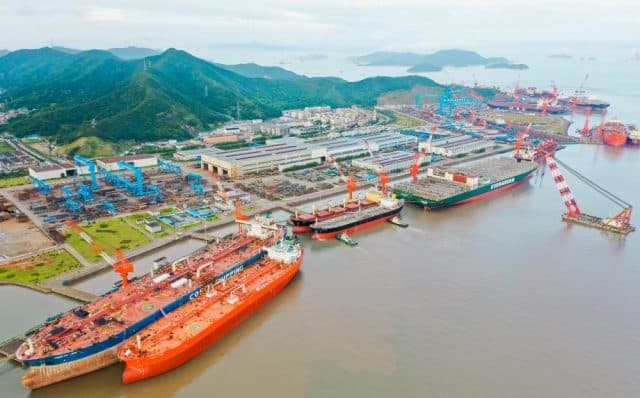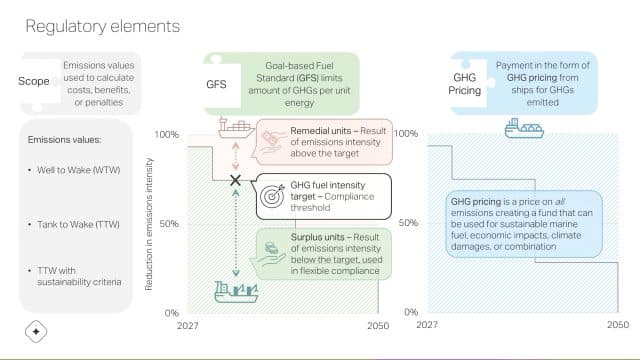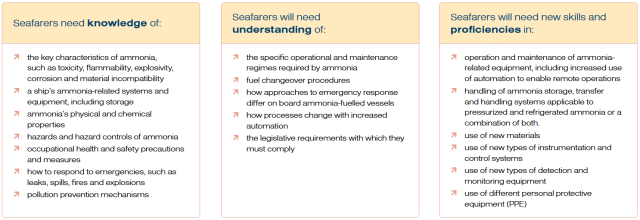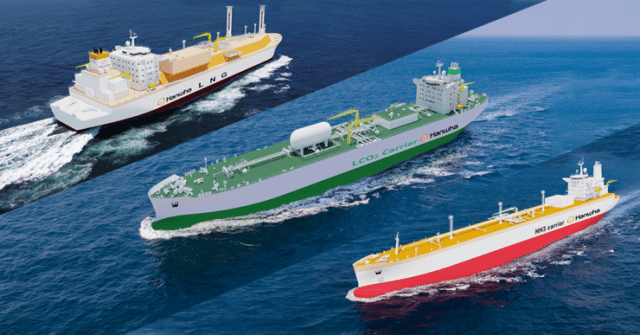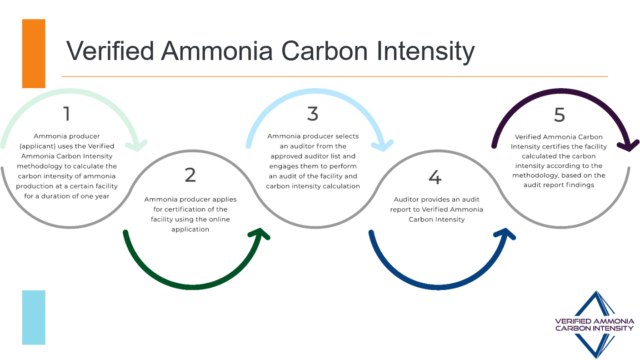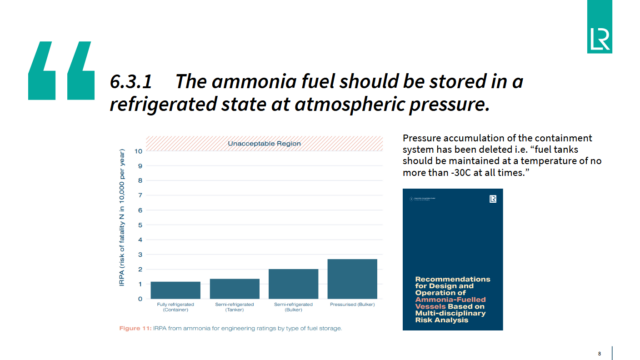MEPC 83: global shipping gets its first-ever emissions pricing mechanism
The regulations send a clear signal to industry – business as usual operations will become significantly more expensive, and zero or near-zero (ZNZ) technologies and fuels represent one of the better opportunities to make deep emissions cuts. Following the historic vote at the IMO, we explore critical timelines for the new regulations, compliance thresholds, mechanisms for vessels to comply, and uncertainties that remain.
